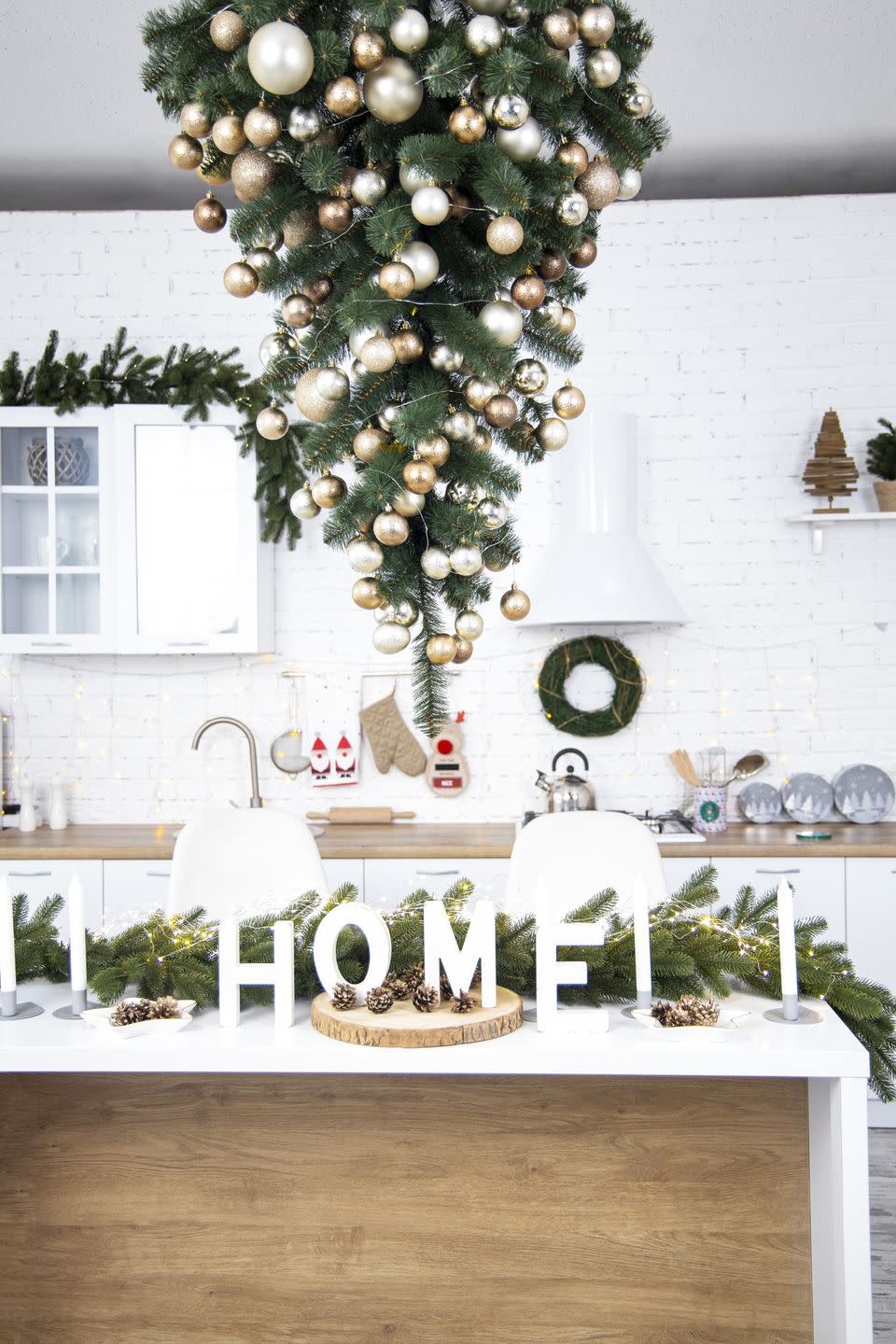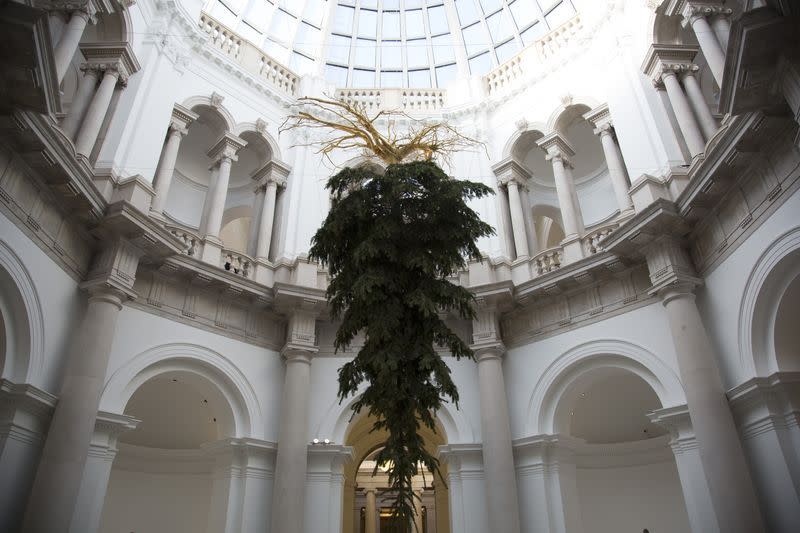The Amazing History Behind Upside-Down Christmas Trees
We know what you're thinking: "Upside-down Christmas trees? But why?!"
Don't get us wrong: There's a lot to love about the traditional Christmas tree, and we don't want to turn the whole holiday season on its head or disturb any long-standing traditions. But believe it or not, the upside-down tree is a long-standing Christmas tradition! Here, we're sharing its entire history with you, and sharing a few facts about how exactly it came to be in the first place.

Of course, before we get into where it came from, it's important to know what an upside-down Christmas tree even is. Here's the gist: With the widest part of the tree at the top and the narrowest down below, these topsy-turvy trees almost appear to float from the heavens. That's precisely why they're beloved by so many: These inverted trees always add an element of welcome surprise to the usual holiday decorating you see around this time of year. At home, they showcase Christmas ornaments beautifully, bringing more bulbs to eye level (and less within reach of children and pets!). They free up a whole lot of floor space for Christmas gifts too.
But not everyone's a fan of flipped firs. The trend is always a hot topic and does present a few problems, mostly due to its impracticality. (Where do you put the Christmas tree topper? How do you suspend it from the ceiling, anyway?)
Whatever team you're on, it's interesting to learn the backstory of these elevated evergreens. Here's what to know.

The History and Meaning of Upside-Down Christmas Trees
Displaying a Christmas tree upside-down may date back to the 7th century. Legend has it that Boniface, a Benedictine monk, used the triangular shape of a fir tree to explain the Holy Trinity to pagans in Germany. It was subsequently hung end-over-end in celebration of Christianity.
The shape also recalled that of Jesus's crucifixion, says The Spruce, and the tradition continued in Central and Eastern Europe into the 12th century.
In the 19th century, it was apparently not uncommon for some to hang upside-down Christmas trees from the rafters of homes. "In the small common rooms of the lower classes, there was simply no space," CBC reports Bernd Brunner wrote in his book, Inventing the Christmas Tree.

Both publications discovered that similar decorations called podłaźnikiem, made with the top of a spruce tree and decorated with cookies, fruit, and paper chains, were suspended from ceilings of some Slavic homes.
So, it turns out that an upside-down Christmas tree is not sacrilegious at all. In fact, it holds the same special meaning of an upright one! Who knew?

